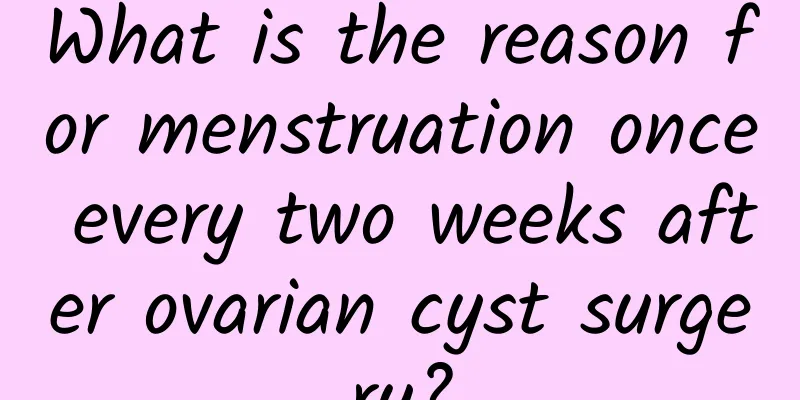Experts briefly analyze how to effectively diagnose uterine fibroids

|
Correct and effective diagnosis of uterine fibroids is very important for female patients, which helps to reduce the misdiagnosis of uterine fibroids. What are the common diagnostic methods for uterine fibroids ? The following is a brief introduction to the common diagnostic methods for uterine fibroids. In general, the common diagnostic methods for uterine fibroids are: Plain X-ray: When the fibroids are calcified, the diagnosis of uterine fibroids is based on scattered consistent spots, or a shell-like calcified capsule, or a honeycomb with rough and wavy edges. Diagnostic curettage: Small submucosal fibroids or dysfunctional uterine bleeding, endometrial polyps are not easy to detect with bimanual examination, and curettage can be used as one of the methods for diagnosing uterine fibroids. If it is a submucosal fibroid, the curette will feel a convex surface in the uterine cavity, which will rise up and then slide down, or you will feel something sliding in the uterine cavity. Ultrasound examination: B-ultrasound examination is more common in China. To identify fibroids, this diagnostic method for uterine fibroids can show the enlargement of the uterus, irregular shape, number, location, size of fibroids, whether the fibroids are uniform or liquefied cystic, and whether there is compression of other organs around them. Hysterosalpingography: Ideal hysterosalpingography can not only show the number and size of submucosal fibroids, but also locate them. Therefore, it is very helpful for the diagnosis of early uterine fibroids of submucosal fibroids, and the method is simple. Contrast film of the fibroids shows that there is filling and incompleteness in the uterine cavity. CT and MRI: Generally, these two methods are not needed for the diagnosis of uterine fibroids. The images of CT diagnosis of fibroids only express the details within a specific layer, and the image structures do not overlap. The CT image of benign uterine tumors is an increase in volume. The above is an introduction to the common diagnostic methods of uterine fibroids. I hope it will be helpful to everyone. Once you have uterine fibroids, you must go to the hospital for treatment immediately to avoid missing the best time for treatment. |
<<: A brief explanation of the causes of uterine fibroids
>>: Several hazards of uterine fibroids that should not be underestimated
Recommend
Guess! How to eat large and small tomatoes to lose weight most?
Tomatoes are in abundant production. If you take ...
Experts briefly analyze the precautions for painless abortion
Painless abortion is a less harmful and safer abo...
Refuse to be a fat nobleman! Drink hawthorn fat-reducing tea to lose weight naturally in winter
As the end of the year approaches, there are many...
Can I get pregnant if I have a left ovarian cyst? Will it have adverse effects on the fetus?
Many people are afraid to have children because o...
What changes occur during menopause?
Menopause is an inevitable process in every woman...
Start fast fat burning! Alternating anaerobic and aerobic exercise doubles the weight loss effect!
In order to lose fat, even though I was very tire...
What should patients with cervical erosion eat? 6 types of women are prone to cervical erosion
Originally, cervical erosion is common in middle-...
Are ovarian cysts tumors?
Are ovarian cysts considered tumors? 1. Ovarian c...
What should we pay attention to in the daily care of ovarian cysts?
What should be paid attention to in the daily car...
Fruits are low in calories, so is it good to eat fruits to lose weight? Be careful not to eat the wrong foods, blood sugar spikes, 4 tips to eat fruits wisely
Many people believe that fruits have no fat, no s...
Good care methods for women with irregular menstruation
Many women will panic when they have irregular me...
Symptoms of cervical erosion should be treated promptly
The symptoms of early cervical erosion are not ve...
What are the symptoms of senile vaginitis
Symptoms of senile vaginitis mainly include vagin...
What symptoms do women usually suffer from when they have an enlarged cervix?
Cervical hypertrophy is one of the many gynecolog...
Several major causes of vaginitis
Vaginitis, as the name suggests, is an inflammati...









